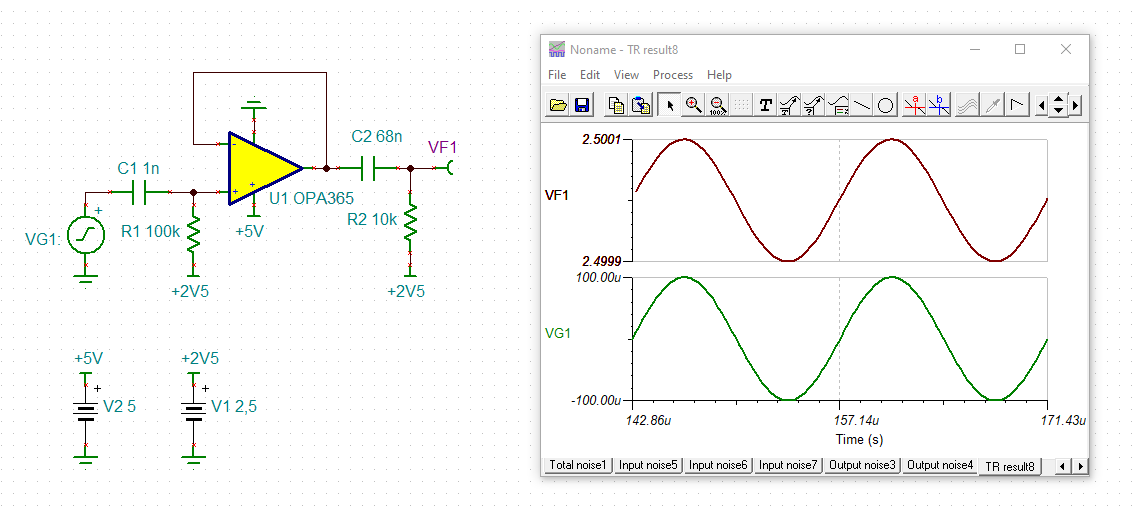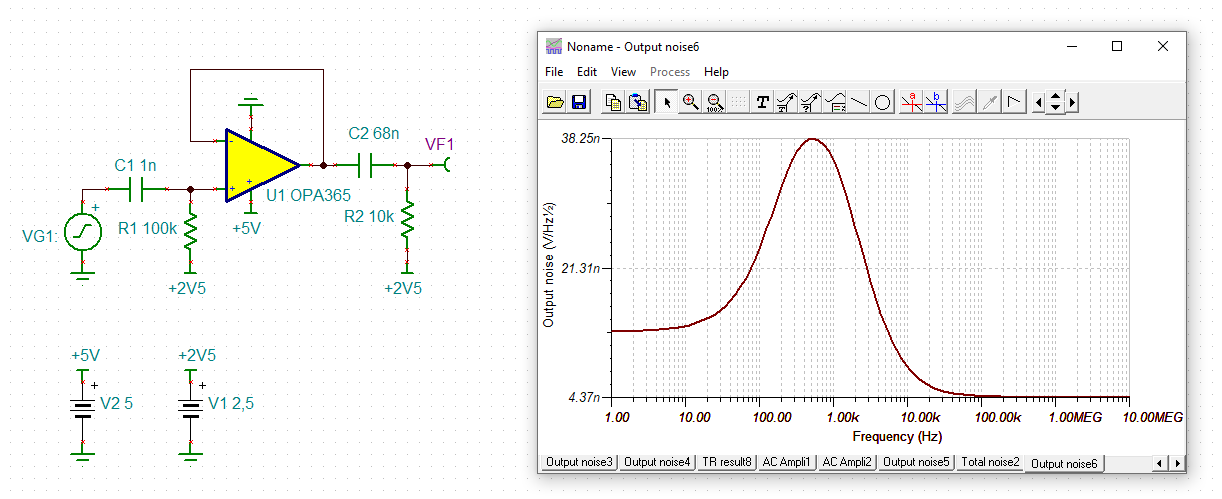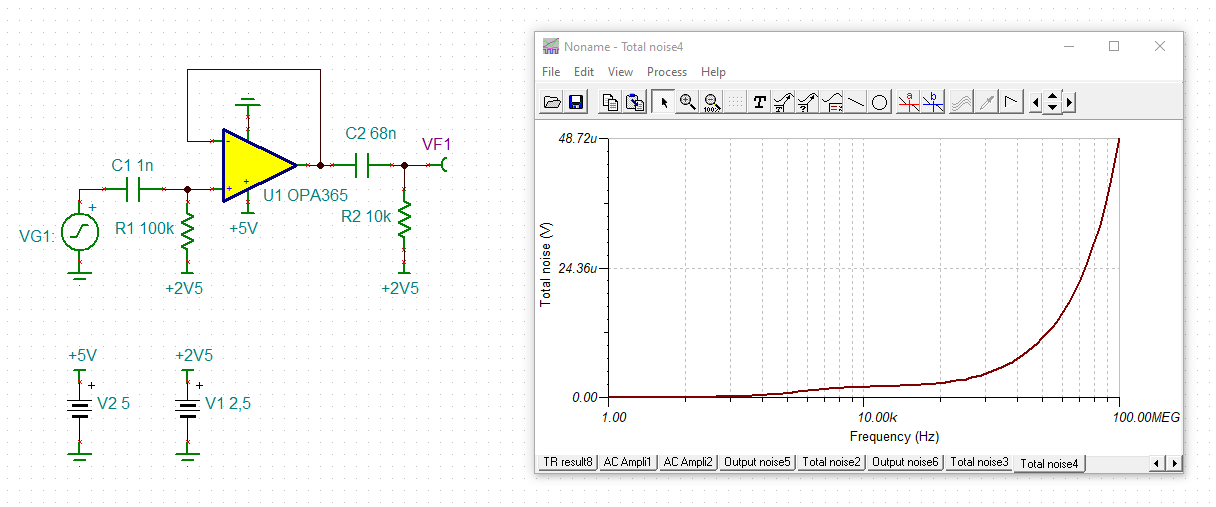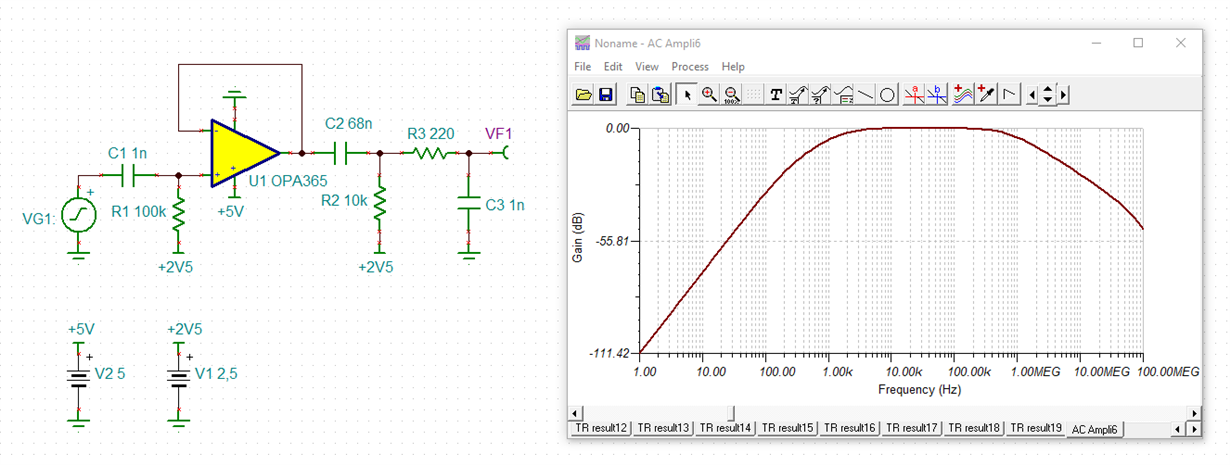Other Parts Discussed in Thread: TINA-TI, OPA365, THS4551, LMP7731
Hello,
I'm using OPA140 for tina simulation but there are two different opa140 spice files.
and simulation results are very different. which one is true?
simulation files are in tina library and in sbom430c.zip
I put them in the same simulation circuit, please can you check it?WhichOneOPA140.TSC








